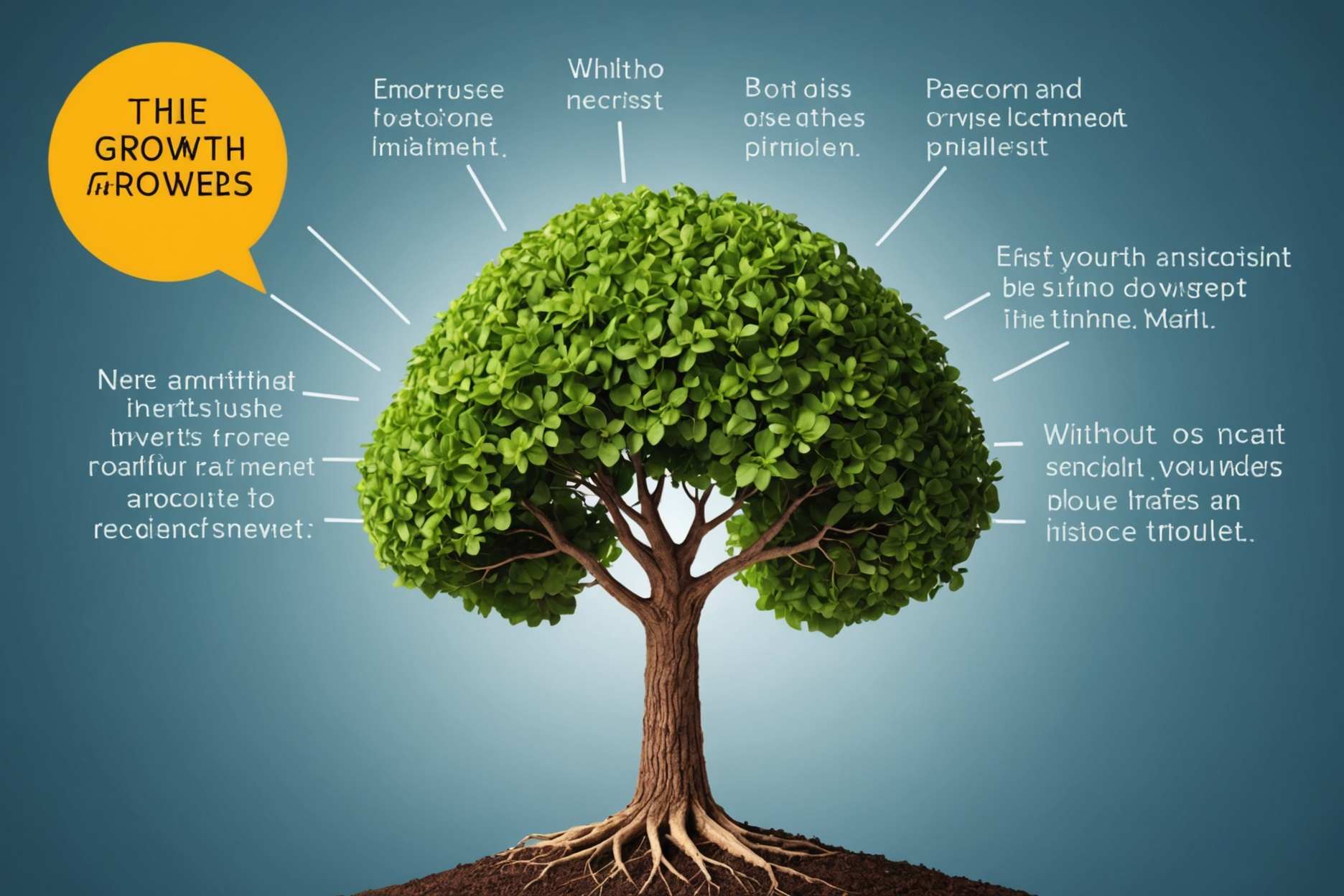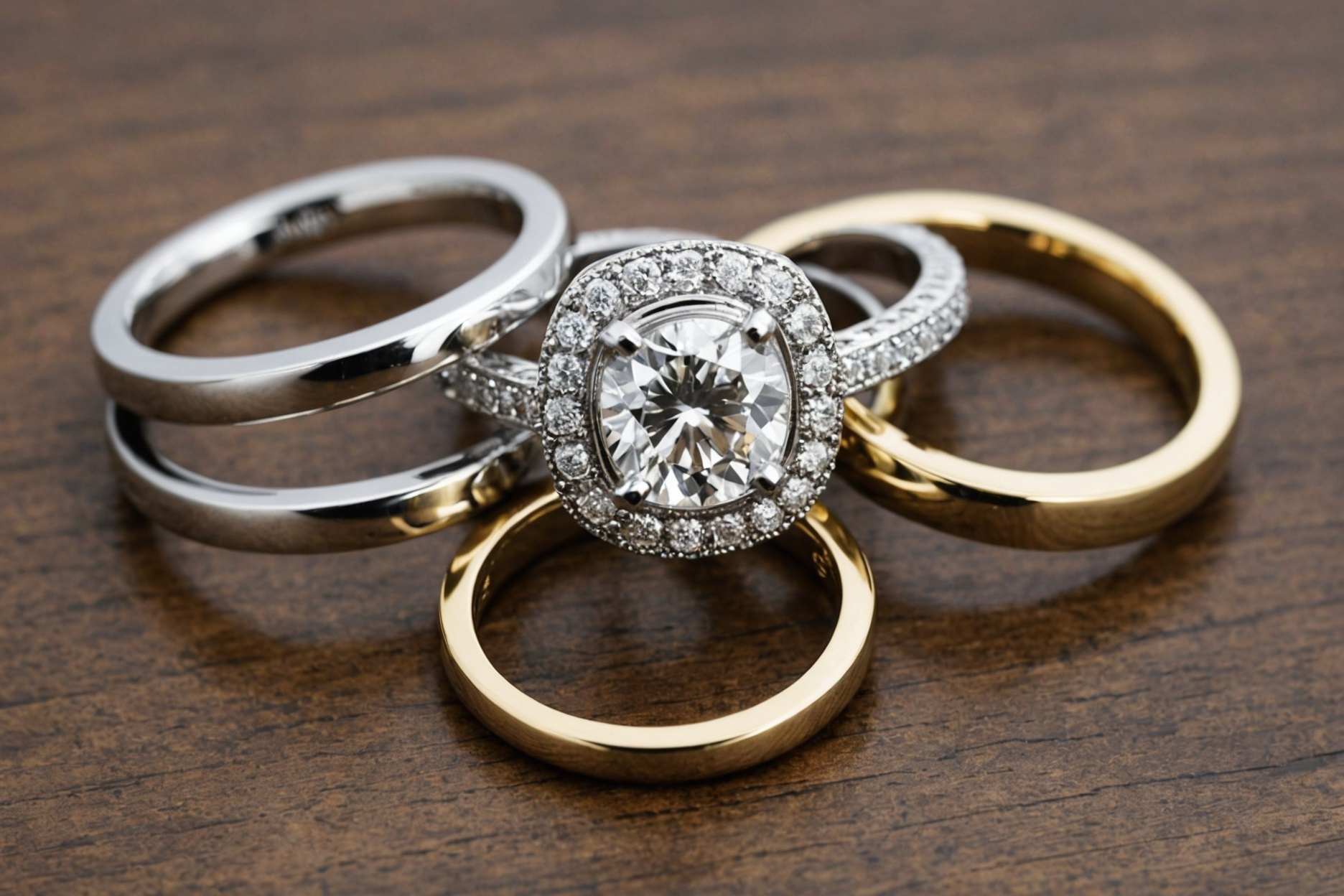
A new study that examines how kissing evolved suggests that ape ancestors and early humans like Neanderthals probably locked lips with their friends and sexual partners. The behavior may date back 21 million years.
Humanity’s earliest kisses were recorded 4,500 years ago in Mesopotamia and Ancient Egypt, but Matilda Brindle, lead author of the research and an evolutionary biologist at Oxford’s Department of Biology, said kissing presents an “evolutionary conundrum.”
It appears to carry high risks, such as disease transmission, while offering no obvious reproductive or survival advantage, she said.
“Kissing is one of these things that we were just really interested in understanding,” Brindle, who studies sexual behavior in primates, told CNN. “It’s pervasive across animals, which gives you a hint that it might be an evolved trait.”
Kissing, which the team defined as non-aggressive, mouth-to-mouth contact that doesn’t involve food, isn’t something that can be detected in the fossil record, so Brindle and her colleagues used a different approach.
From existing scientific literature, the researchers collected information on which modern primate species have been observed kissing; these included chimpanzees, bonobos, orangutans and one species of gorilla.
The team then ran a phylogenetic analysis, which allows scientists to infer information about traits in extinct species based on behavioral data from living animals. It involves reconstructing a tree or map of how different primate species are related based on genetic information, Brindle explained.
“With that information, we can kind of travel back through time,” she said.
Prehistoric kisses
The team deployed statistical modeling to simulate different evolutionary scenarios along the branches of the tree to estimate the probability that different ape ancestors kissed. For example, she said chimpanzees, bonobos and humans all kiss, so it’s likely that the last shared ancestor of all those species did, too. To give robust estimates, the model was run 10 million times.
The results, published Wednesday in the journal Evolution and Human Behavior, suggested that kissing is an ancient trait in the large apes, evolving in an ancestor of that group between 21.5 million and 16.9 million years ago.
This means that extinct human relatives, such as Neanderthals, were likely to have engaged in kissing, too. It’s also possible — since scientists know that our species, Homo sapiens, interbred with Neanderthals — that humans and Neanderthals kissed one another, the study noted.
However, the model does not reveal why or how kissing evolved, Brindle said, noting that there are multiple uses, including assessing potential mates, foreplay, bonding, mitigating social tension, and chewing food before giving it to offspring.
She added there is limited data on kissing in animals outside of ape species, making it difficult to reconstruct how the trait may have developed over time. What’s more, much of the information came from animals living in captivity or sanctuaries. Additional data on kissing in different species is needed, she said.
“What we’ve done, which is a really important first step, is showing it’s an evolved trait,” Brindle said. “It’s really ancient. But why? And that’s the amazing next step if people want to pick up the mantle.”
Kissing is not a universal behavior in human society, the researched noted in the new study. It is only documented in 46% of cultures, according to a 2015 paper.
“We did find a strong evolutionary signal in kissing but it doesn’t mean it has to be retained,” Brindle explained. For some populations, she added, kissing might not be a good fit: “Primates are extremely flexible species, very intelligent, and so kissing might be useful in some contexts but not in others. And if it’s not useful, it is quite risky with high potential for disease transfer.”
Kissing is more than just “mouth-to-mouth” touching, and the study doesn’t really shed much light on why humans kiss the way they do, said Adriano Reis e Lameira, an evolutionary psychologist and primatologist at the University of Warwick, who was not involved in the work.
“The large majority of kisses humans give are not mouth-to-mouth,” he said via email.
The study sets up future research in humans and other primates to explore more subtle differences in kissing behavior, including questions around who one chooses to kiss and how, said Justin Garcia, an evolutionary biologist and executive director of The Kinsey Institute, a research center focused on studying sexuality and relationships. Garcia, who is also the author of “The Intimate Animal: The Science of Love, Fidelity and Connection,” didn’t take part in the new analysis.
“Kissing is both biological and cultural, it is a behavior that invokes the bodily senses and clearly has some evolutionary origins, but we also know it varies across individuals and populations,” Garcia said in an email.
“This is a wonderful example of the interplay of nature and nuture, including for a behavior many of us humans consider so deeply intimate.”
For more CNN news and newsletters create an account at CNN.com
LATEST POSTS
- 1
 The Response to Self-improvement: Embracing a Development Outlook
The Response to Self-improvement: Embracing a Development Outlook - 2
 Courageous Climbing: Trails and Stuff for Outside Lovers
Courageous Climbing: Trails and Stuff for Outside Lovers - 3
 Iran begins cloud seeding to induce rain amid historic drought
Iran begins cloud seeding to induce rain amid historic drought - 4
 Manual for Instructive Application for Youngsters
Manual for Instructive Application for Youngsters - 5
 The Advancement and Effect of Dental Embed Innovation on Oral Wellbeing
The Advancement and Effect of Dental Embed Innovation on Oral Wellbeing
 Share your pick for the riding area that characterizes your surf undertakings!
Share your pick for the riding area that characterizes your surf undertakings! Independence from the rat race for Recent college grads: Systems and Tips
Independence from the rat race for Recent college grads: Systems and Tips From Exemplary to Current: Famous Rings Available
From Exemplary to Current: Famous Rings Available How Would You Like to Deal with Your Funds?
How Would You Like to Deal with Your Funds? Instructions to Investigate Different Open Record Extra Offers Actually
Instructions to Investigate Different Open Record Extra Offers Actually Figure out How to Pick a SUV with Senior-Accommodating Tech Elements
Figure out How to Pick a SUV with Senior-Accommodating Tech Elements The Best Web-based Courses for Ability Advancement
The Best Web-based Courses for Ability Advancement the 6 Shrewd Beds for seniors: A Complete Survey
the 6 Shrewd Beds for seniors: A Complete Survey Find the Captivating Professional flowerbeds of the US
Find the Captivating Professional flowerbeds of the US













